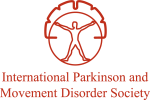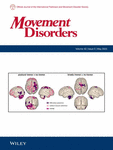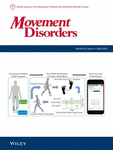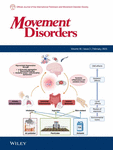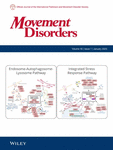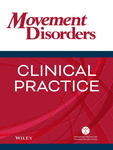Journal list menu
Filter issues by Issue archive
Sign up for email alerts
Related Titles
Browse by Topics
Diagnostic techniques
- Autonomic function tests
- Diagnostic imaging
- Exercise stress test
- Finger dexterity test
- Functional balance assessment
- Gait analysis
- Genetic analysis
- Motor examination
- Neurophysiologic test
- Neuropsychological tests
- Olfactory test
- Postural assessment
- Suggested immobilization test
- Tremor evaluation
- Visual test
Disease rating scales
- Anxiety rating scale
- Apathy Evaluation Scale
- Ataxia rating scales
- Dementia rating scale
- Depression rating scale
- Dyskinesia rating scale
- Dystonia rating scale
- Huntington's disease rating scale
- Multiple system atrophy rating scale
- Myoclonus rating scale
- Other rating scales
- Parkinson disease rating scale
- Psychosis rating scale
- Sleep rating scale
- Spasticity rating scale
- Tic rating scale
- Tremor rating scale
Drug-induced movement disorders
Genetics of movement disorders
Hyperkinetic movement disorders
Hypokinetic movement disorders
Molecular mechanisms of movement disorders
Motor symptoms
Movement disorder associated diseases
Movement disorder associated diseases
- Autoimmune disease
- Infectious diseases
- Metabolic diseases
- Neurological diseases
- Akinetic mutism
- Alexander disease
- Alzheimer’s disease
- Ataxia
- Cerebrovascular disorders
- Cockayne syndrome
- Dentatorubral-pallidoluysian atrophy
- Fragile X syndrome
- Gaucher disease
- Hallervorden-Spatz disease
- Hemifacial spasm
- Hepatocerebral degeneration
- Hereditary spastic paraplegia
- Hyperekplexia
- Meige syndrome
- Neurodegeneration with brain iron accumulation syndrome
- Normal pressure hydrocephalus
- Optic atrophy
- Periodic leg movements
- Pisa syndrome
- Prion disease
- Restless legs syndrome
- Rett syndrome
- Stiff-person syndrome
- Tourette syndrome
- Unverricht-Lundborg syndrome
- Wilson's disease
- Nutritional deficiencies
- Paraneoplastic syndrome
Movement disorder management
- Allied therapies
- Botulinum neurotoxin
- Continuous subcutaneous apomorphine infusion
- Electrical stimulation therapy
- Electroconvulsive therapy
- Gene therapy
- Pharmacologic treatment
- Stereotactic surgery
Neuroanatomy of movement disorders
Non-motor symptoms
Functional movement disorders
